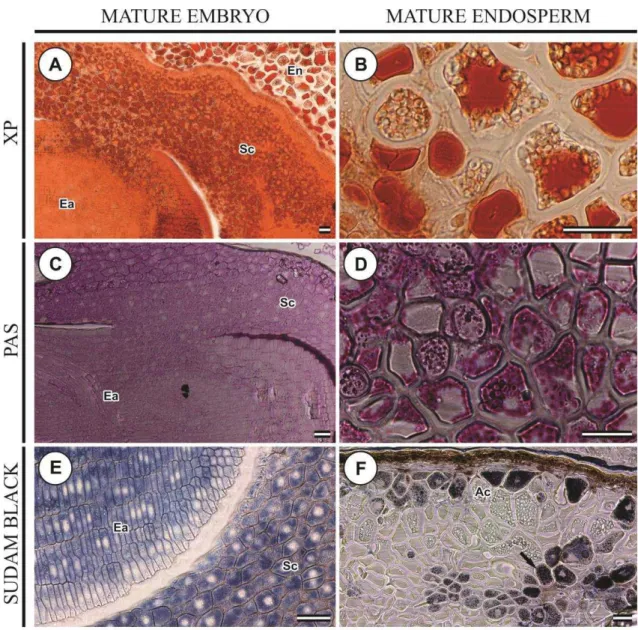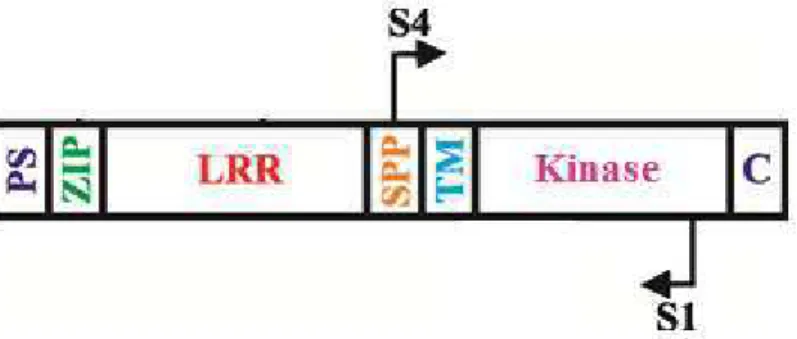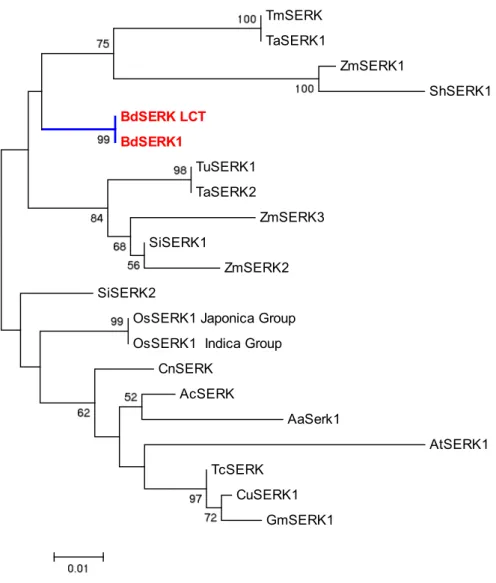Embriogênese somática em Brachypodium distachyon (L.) Beauv. (Poaceae): caracterização morfoanatômica, histoquímica e expressão de genes SERK
Texto
Imagem
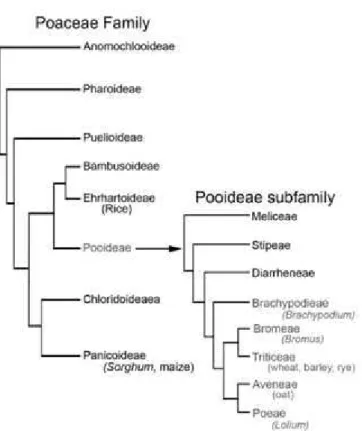
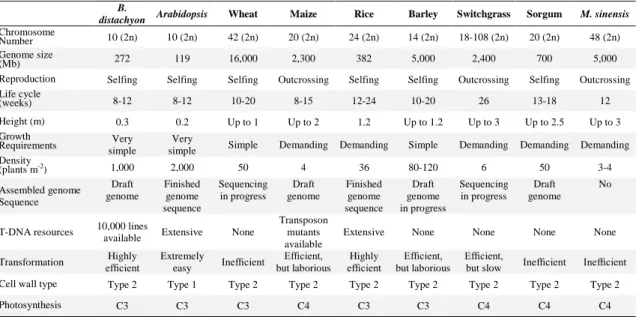

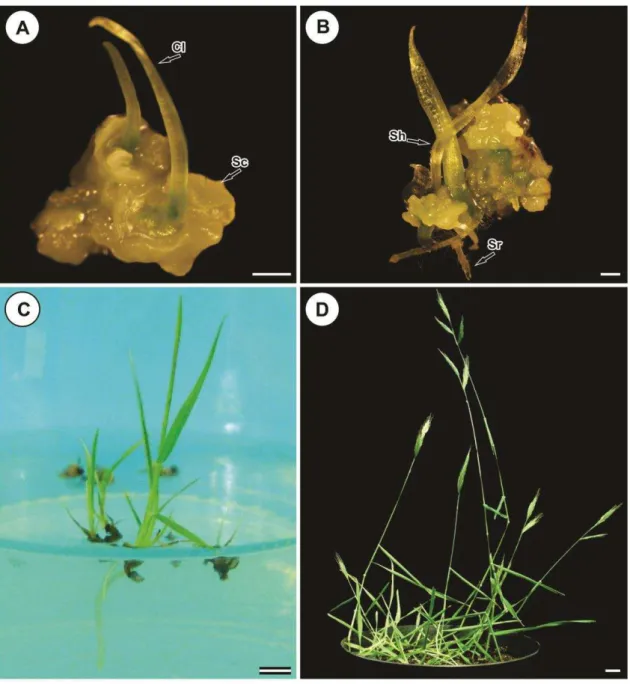
Documentos relacionados
TEs, as noted previously for the entire brachypodium genome [ 35 ]. Context, direction, and regions of CMSs and DMSs. A) The number of sites in the correct context for
Esta mudança só poderá acontecer através de uma educação mais voltada para as leis da vida e não apenas para o mercado, num processo educativo que vise a autotransformação do
O paciente evoluiu no pós-operatório imediato com progressão de doença em topografia do tumor primário (figura1), sendo encaminhado ao Oncobeda em janeiro de 2017
All the embryonic cells that form the different tissues of the cotyledons and embryonic axis, including the apical meristematic tissues, are storage tissues since they
Desta forma, o objetivo deste trabalho é, através de uma revisão sistemática e meta-análise, avaliar a taxa de recidiva da LCCG através de estudos
Mapping QTLs to higher resolution re- quires the time and resources to produce congenic lines that carry a limited interval of the high (or low) risk donor strain’s genome on
No Brasil, o agronegócio obteve crescimento expressivo durante a segunda metade do século XX, mais especificamente nas décadas de 1980 e 1990. Este fato contribuiu para
A formação do minijardim clonal como fonte de material vegetativo para a produção de mudas, apresenta grandes vantagens por permitir a redução da área para
